Why Is My Chilean Rose Tarantula Aggressive?
Owning a Chilean Rose Tarantula can be a rewarding experience, but dealing with an aggressive one can be stressful. Understanding the reasons behind your tarantula’s behavior is the first step in managing it effectively. Aggression in Chilean Rose Tarantulas isn’t always a sign of a problem; it’s often a natural response to various factors, from environmental conditions to how you interact with it. This article will explore the reasons behind this behavior, offering insights and practical advice to help you create a harmonious relationship with your pet spider. It’s essential to approach this topic with empathy and knowledge to ensure both your safety and the well-being of your tarantula.
Temperament of Chilean Rose Tarantulas
Chilean Rose Tarantulas are known for being relatively docile compared to some other tarantula species, which makes them a popular choice for beginner tarantula keepers. However, ‘docile’ does not equate to ‘always friendly.’ Their personalities can vary significantly from one individual to another. Some tarantulas are naturally more laid-back, while others can be skittish or defensive. A tarantula’s temperament can shift based on its life stage, environment, and overall health. When considering the temperament of your Chilean Rose Tarantula, it’s important to recognize these variations. Understanding your tarantula’s baseline behavior is crucial for identifying and addressing aggression issues.
Typical Behavior
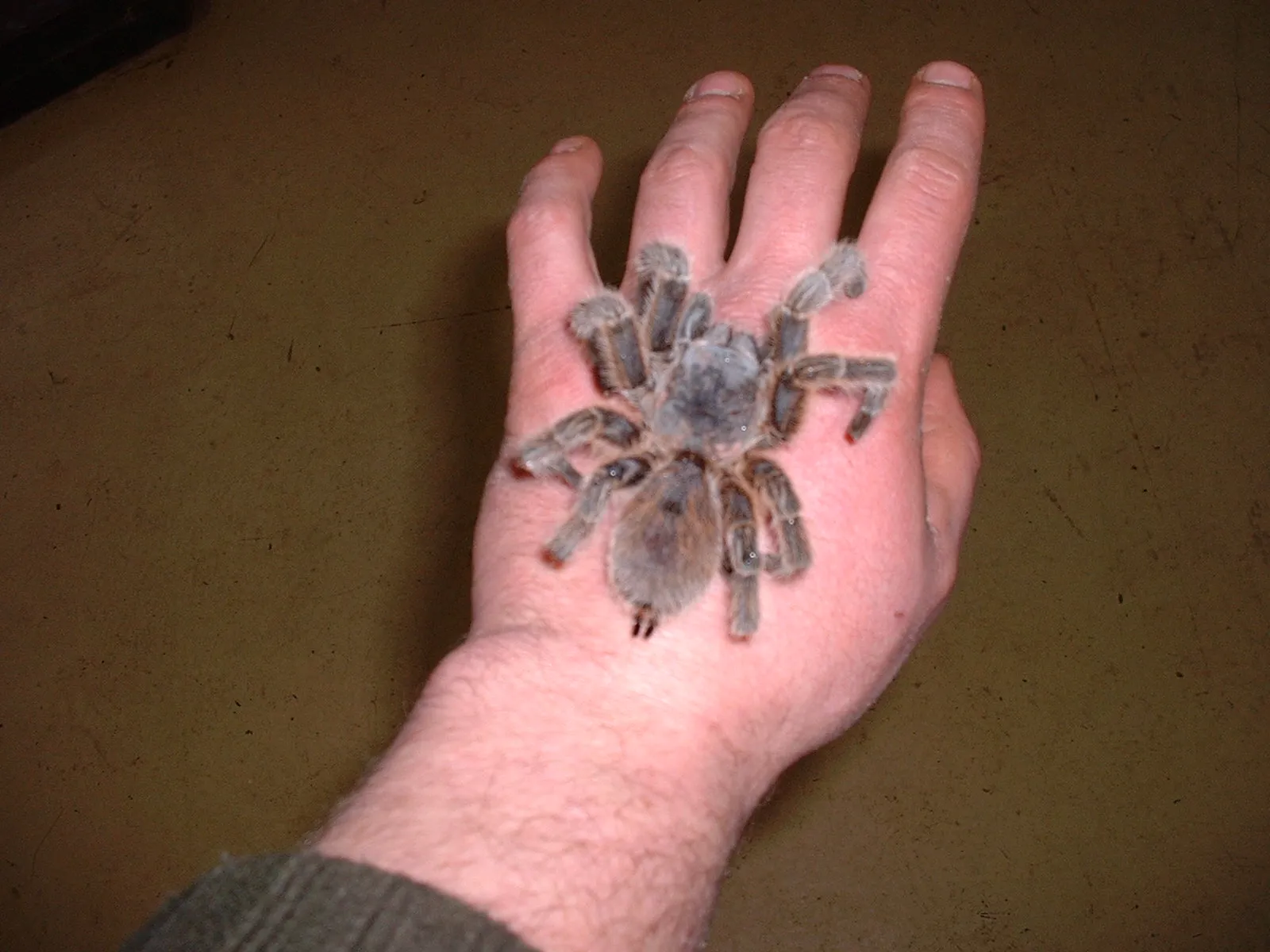
Typically, Chilean Rose Tarantulas exhibit behaviors such as slow movements, remaining still for long periods, and foraging during the night. When feeling threatened, they might adopt a defensive posture, which involves rearing up on their hind legs, exposing their fangs, and flicking urticating hairs. This is a clear warning signal. True aggression, where the tarantula actively attacks or displays repeated threatening behaviors, is less common in this species. However, several factors can cause changes in the tarantula’s behavior, making it crucial to observe these changes to understand your pet’s well-being. Recognizing the typical behavior helps you identify when something is amiss.
Factors Influencing Aggression
Several factors can cause your Chilean Rose Tarantula to become aggressive. These include environmental stressors, handling practices, and health concerns. Aggression is often a defense mechanism. When a tarantula feels threatened or perceives a risk, it may resort to aggressive behavior to protect itself. Identifying these factors allows you to modify your approach and environment to ensure your tarantula’s comfort and safety. Addressing these influencing factors directly helps in curbing aggressive tendencies, ultimately creating a safer and more pleasant experience for both you and your pet spider. Taking proactive measures can greatly influence a tarantula’s behavior.
Environmental Factors
The environment of your Chilean Rose Tarantula greatly influences its behavior. An improperly set-up habitat is a significant source of stress, potentially leading to aggression. Key environmental factors include inadequate temperature, incorrect humidity levels, and a lack of suitable hiding places. A tarantula that feels exposed and vulnerable will often exhibit defensive behaviors. The enclosure should mimic the tarantula’s natural habitat with appropriate substrate, decorations, and temperature gradients. Regular monitoring of the environment helps in maintaining optimal conditions, contributing to a less stressed and less aggressive tarantula. Provide a secure and comfortable environment.
Handling and Interaction
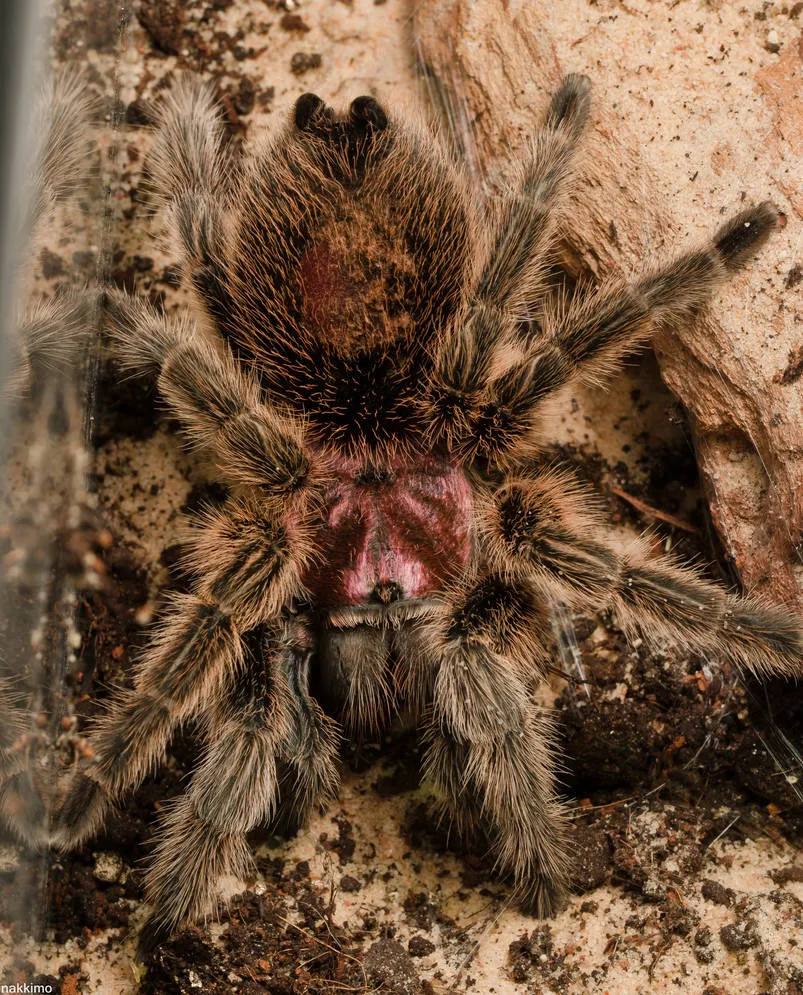
Handling and interaction can influence your tarantula’s aggression levels. Frequent or improper handling can stress the tarantula, leading to defensive behaviors. Although Chilean Rose Tarantulas are considered relatively docile, each individual has its own preferences and thresholds. Regular, unnecessary handling can be perceived as a threat, especially if the tarantula is not accustomed to it or is in a vulnerable state, like after a molt. Safe handling practices are essential. If handling is necessary, do so slowly, carefully, and only when the tarantula is calm. Always supervise children and handle the tarantula close to the ground to minimize potential injury.
Health and Well-being
Health and well-being are directly linked to a tarantula’s behavior. A sick or injured tarantula is more likely to display aggressive behavior as a defense mechanism. Signs of illness include lethargy, loss of appetite, and unusual postures. Regularly observe your tarantula for any of these indicators. Check the tarantula for external parasites or injuries during routine checks. Ensuring proper nutrition and environmental conditions is vital for maintaining good health. Seeking veterinary care from a reptile or exotic animal specialist is advisable if you suspect your tarantula is unwell. Prioritizing health reduces the likelihood of aggression by minimizing stress and discomfort.
Top 5 Facts About Aggressive Chilean Rose Tarantulas
Fact 1 The Basics
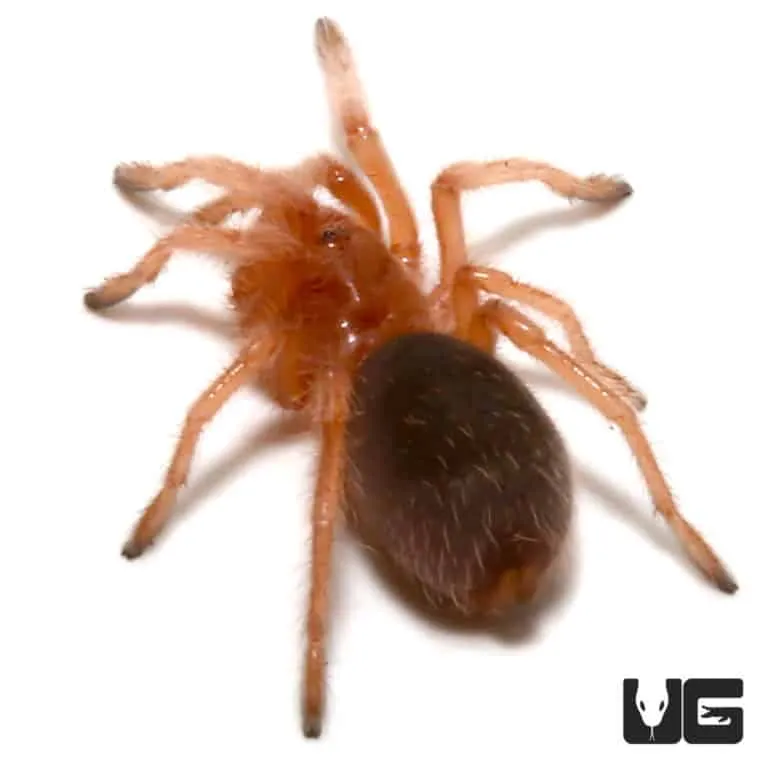
Chilean Rose Tarantulas are generally docile, but aggression can occur. Understanding this fact is essential before bringing one home. Recognize that their temperament varies individually and can be influenced by environment and health. Early recognition of these patterns helps to set the stage for suitable care. This early preparation sets the stage for a safe and positive experience for both the owner and the tarantula.
Fact 2 Defensive Behavior
Aggression in these tarantulas often manifests as defensive behavior, like rearing up on their hind legs or flicking urticating hairs. This is a warning, not a full-blown attack. Learn to recognize these warning signs. Always respect your tarantula’s space and signals. This allows you to avoid triggering a defensive response. By understanding these signals, you can create a safe handling environment.
Fact 3 Bite Risks
Chilean Rose Tarantula bites, while not typically life-threatening, can be painful. They can cause localized pain, redness, and swelling. Avoid bites by respecting the tarantula’s boundaries and using appropriate handling techniques. Educate yourself on the bite risks and symptoms. Never provoke a tarantula, and always supervise interactions, especially with children. This information helps you to minimize the risks of any potential bite.
Fact 4 Handling Precautions
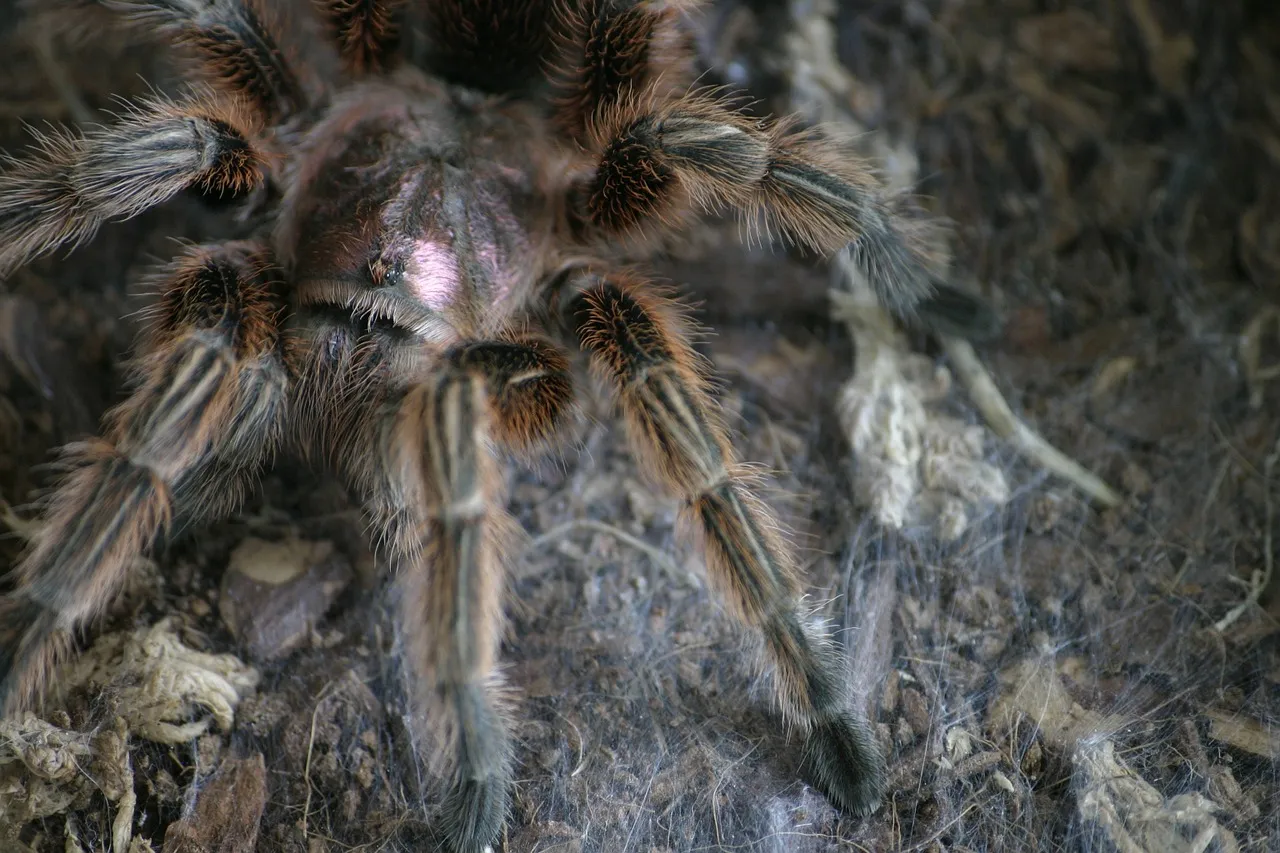
Proper handling is crucial to avoid aggression. Handle the tarantula gently and slowly, and only when necessary. Avoid sudden movements and always handle the tarantula over a soft surface, in case of a fall. Never force interaction, and respect the tarantula’s space when it displays signs of unease. By implementing these steps, you ensure that handling is a controlled and low-stress experience.
Fact 5 Long-Term Care
Long-term care involves creating and maintaining a suitable habitat. Regular monitoring of temperature, humidity, and substrate is vital. Provide a varied diet, and ensure fresh water is always available. By providing proper care, you can reduce stress and therefore reduce the likelihood of aggression. This proactive approach enhances the quality of life for your pet.
How to Manage an Aggressive Chilean Rose Tarantula
Creating a Suitable Habitat
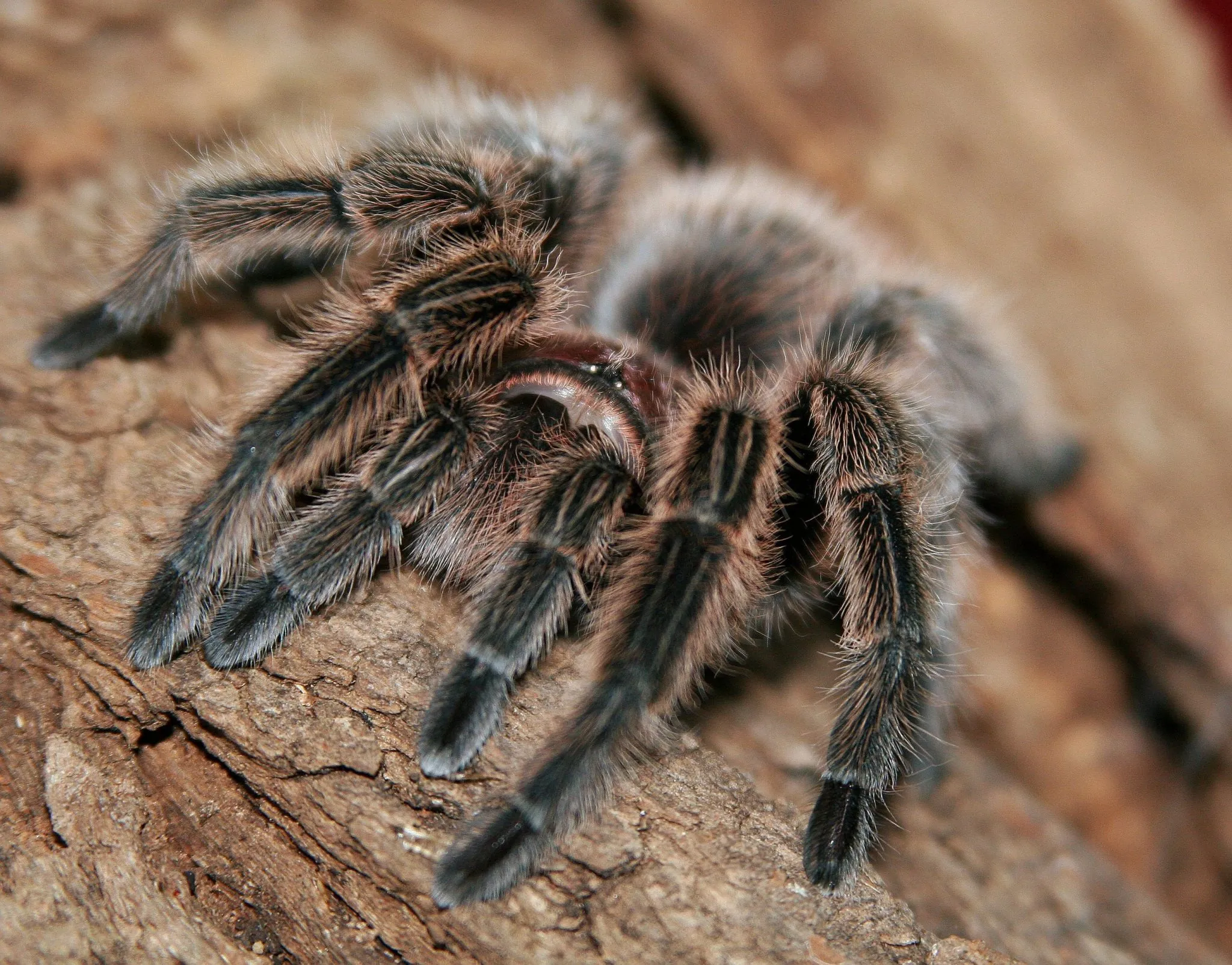
Creating a suitable habitat is the cornerstone of managing aggression. The enclosure should be appropriately sized, providing ample space for the tarantula to move around and explore. Ensure the enclosure has a secure lid to prevent escape. The substrate should be appropriate for burrowing. Provide hiding places like cork bark or artificial plants. The temperature and humidity levels should be meticulously maintained within the tarantula’s optimal range. A well-designed habitat fosters a sense of security, which reduces the likelihood of defensive behaviors.
Providing Enrichment
Enrichment can also help to minimize aggression. Offer a variety of feeding items to stimulate natural behaviors. Vary the placement of food and water dishes. Add decorations and climbing structures to provide environmental stimulation. Ensure the tarantula has plenty of things to explore. Enrichment provides mental and physical stimulation, making your tarantula less likely to become bored or stressed. This, in turn, can help in managing aggression.
Safe Handling Practices
If handling is necessary, approach with caution. Always move slowly and avoid sudden movements that might startle your tarantula. Handle the tarantula close to the ground or over a soft surface to minimize potential injuries in case of a fall. Never handle a tarantula if it shows signs of stress or aggression. If the tarantula raises its front legs or flicks hairs, it’s best to leave it alone. If you are unsure how to handle it, don’t handle it. Safe handling protects both you and your tarantula from potential harm.
When to Seek Professional Help
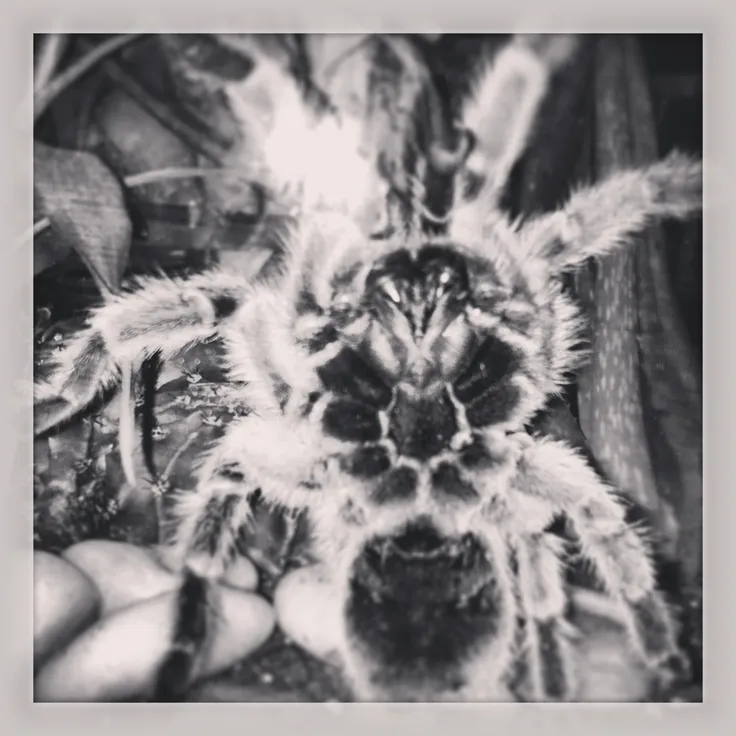
If you’ve tried the above measures and your Chilean Rose Tarantula remains consistently aggressive, it’s best to seek professional help. A reptile veterinarian or an experienced tarantula keeper can provide expert advice. The professional can help to rule out underlying health issues and provide specialized guidance based on your individual situation. Never hesitate to seek professional help when you are unsure or when you are concerned about your tarantula’s behavior. This ensures the best care possible and improves your chances of resolving aggression effectively.
In conclusion, understanding and managing an aggressive Chilean Rose Tarantula involves a combination of creating a suitable environment, practicing safe handling, and seeking professional help when necessary. By recognizing the factors that influence aggression, you can foster a more harmonious relationship with your pet tarantula, ensuring its well-being and your peace of mind. Remember, patience, observation, and knowledge are key to successfully caring for any tarantula.
